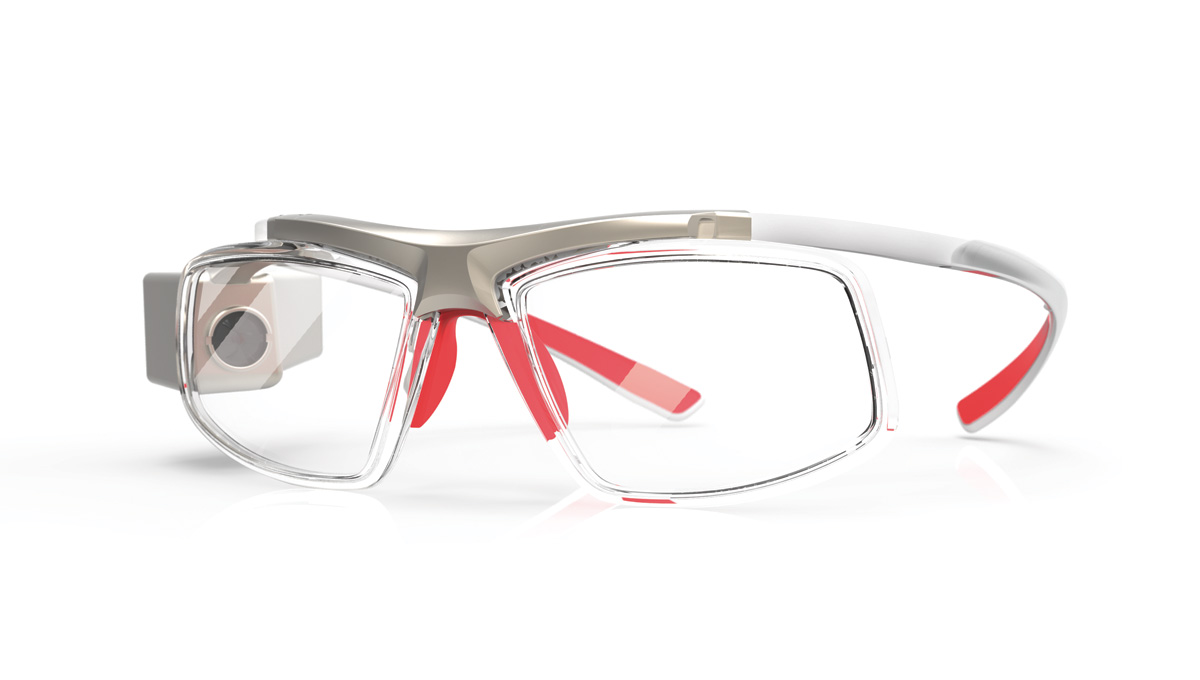The technology garnering the most attention of late has been Google Glass, and the company have just announced the option to buy a development kit of the for a mere $1500. This is seen by many as the first giant leap for consumers into the world of augmented reality, but Google themselves have stressed that this is mainly a piece of hardware for recording the world as you see it, mixed with notifications and google search functionality. Their website shows the premise of navigation and language conversion but without stereoscopic vision and a lack of graphical power, the results may never reach the quality that you see simulated in computer games and movies.
However, there are other devices on the horizon which promise to accelerate us into this new era of visual communication I'll have a look at some of these concepts below.
On paper these appear to be the most promising. The possibilities addressed in their concept video are mind-blowing although you may not want to wear them outside of the house. Not only do they project 3D images on to the inside of the glass, there is a built-in 3D Kinect-like sensor to determine close vicinty positions which means you can actually interact with the real-world and virtual-worlds as opposed to only receiving information. If the technology can do half of what is shown - playing virtual chess with a friend, facial recognition of business associates, and instant transition from 3D modelling to 3D printing - then they are worth a purchase at less than half the price of Google Glass.
This product is a little more niche, and uses completely different technology to achieve the augmented effect. They are being developed for virtual table-top gaming (the kind you see beardies playing in the Games Workshop stores in town). Instead of projecting images on to the inside of the lens, they project information to a reflective screen which is then picked up by the glasses to provide high definition images. This definitely limits their application, and unless 3rd party developers decide to expand the functionality then these may not become as mainstream as other offerings.
The company developing these, Vuzix, have already released a virtual reality version (1200VR) so have experience in designing hi-tech glasses for the consumer market. It's not clear how much support these have for consumer or industrial markets, but their striking design should leave it clear to on-lookers that you're not sporting them for the sake of fashion.
If looking trendy is more important than experiencing the most cutting-edge technology, then these are possibly for you. Very similar to Google Glass but the projector and lens has been designed to blend in better with their frame. Function hasn't entirely been sacrificed in favour of form and the company lists services that are at least on a par with the offerings from Google Glass. How they fare in the long-run against Google and their apparently limitless research budget remains to be seen.
Nissan3E
Not much information on these as of yet but they look quite striking. More details were apparently revealed at November's Tokyo Motor Show but little has surfaced. Either way, these are no doubt designed with driving in mind, so we they may offer navigation potential.
SC
Not much information on these as of yet but they look quite striking. More details were apparently revealed at November's Tokyo Motor Show but little has surfaced. Either way, these are no doubt designed with driving in mind, so we they may offer navigation potential.
SC






No comments:
Post a Comment